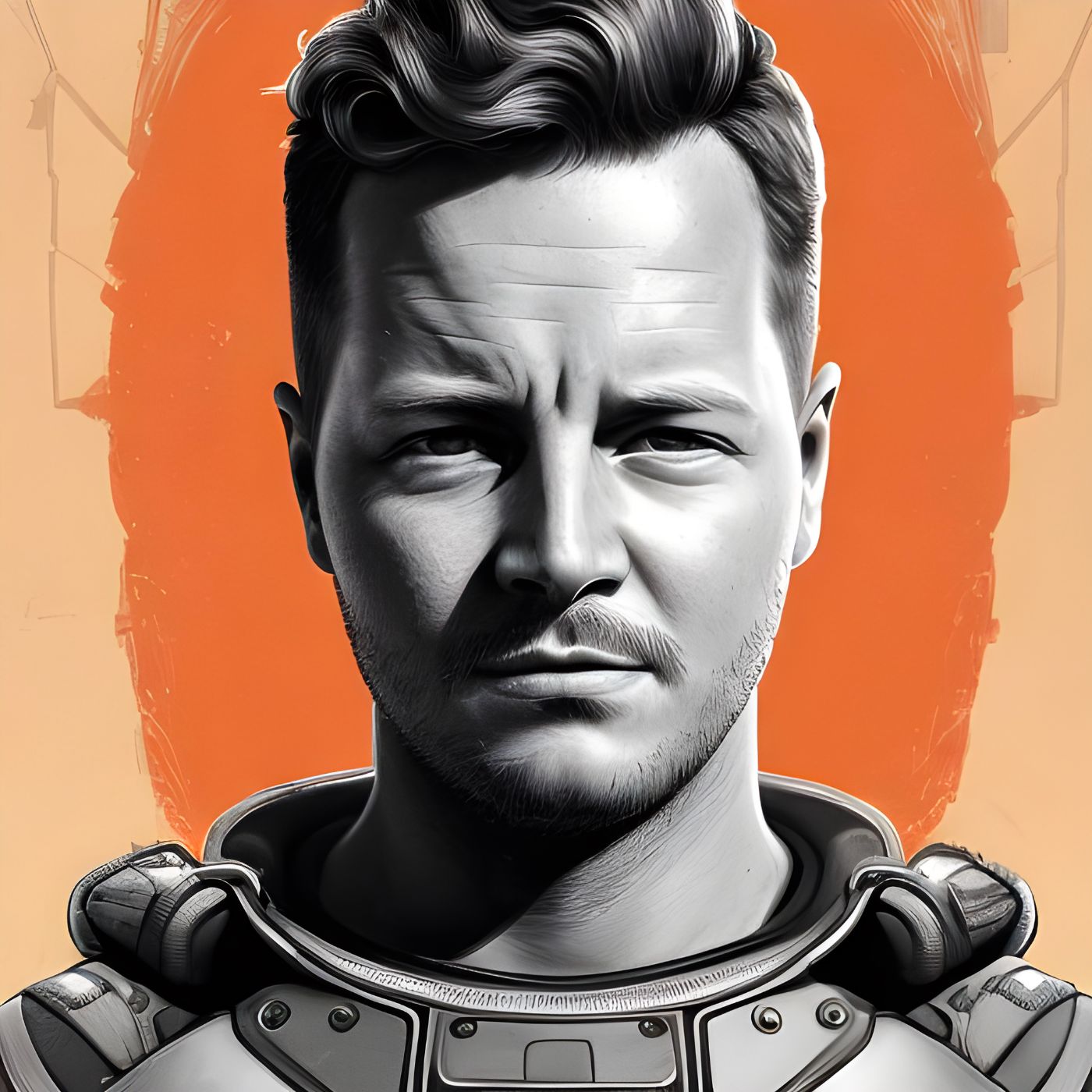500 reads
The Metaverse vs the Billion-Dollar Gaming Industry
by
January 16th, 2023
Audio Presented by

Author of the Bitcoin Global Macro, a newsletter focusing on digital assets, macro insights & investment ideas.
About Author
Author of the Bitcoin Global Macro, a newsletter focusing on digital assets, macro insights & investment ideas.